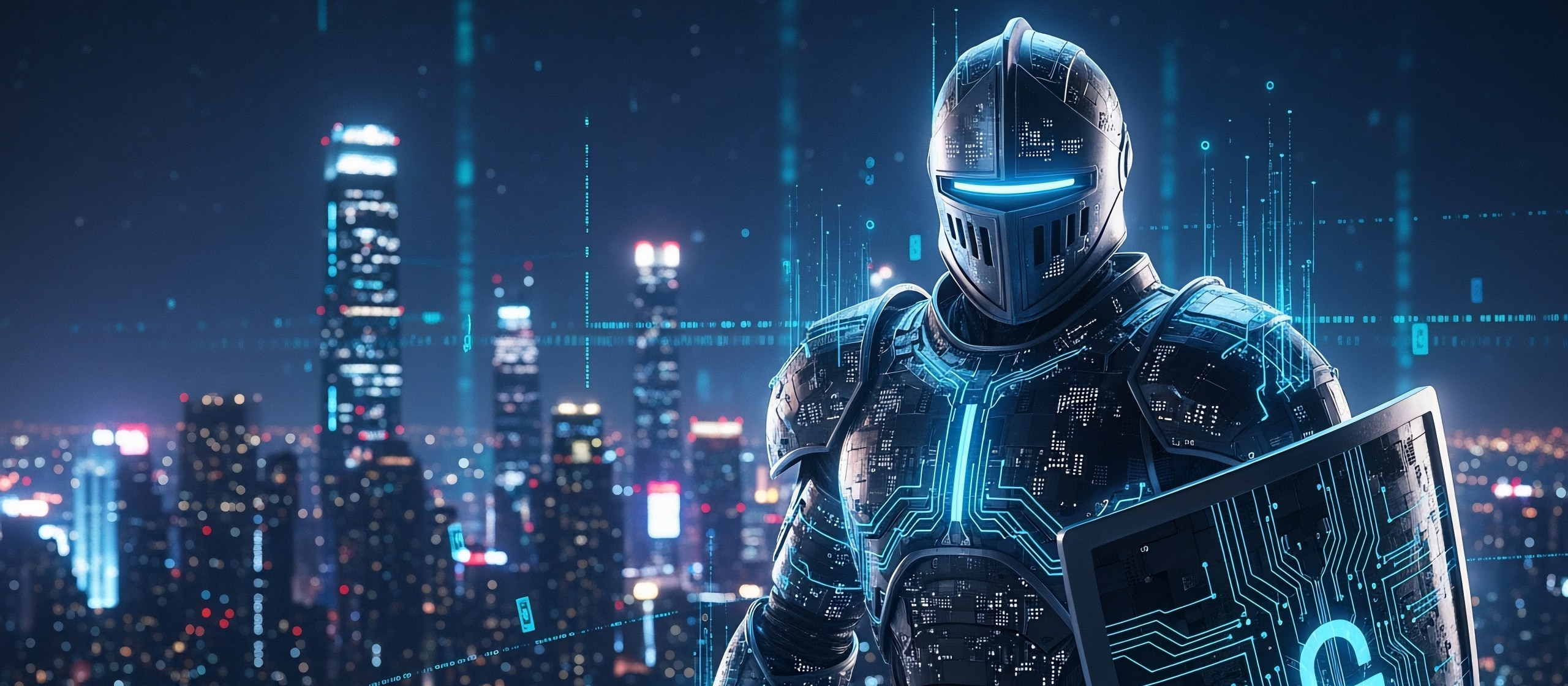For much of its history, corporate automation adoption has been a slow, incremental process. As we approach 2026, however, that steady march is poised to become a transformative leap. 2026 will mark the inflection point where the global economy transitions from “AI-assisted” to “AI-native.” We won’t just adopt new tools, we’ll build a new economic reality: The AI Economy.
Autonomous AI agents, entities with the ability to reason, act, and remember, will define this new era. We’ll delegate key tasks to these agents, from triaging alerts in the security operations center (SOC) to building financial models for corporate strategy.
For leaders, a central question in 2026 will be how to govern and secure a new, multi-hybrid workforce where machines and agents already outnumber human employees by an 82 to 1 ratio. We’ve already witnessed the shift from a physical location to digital connection with the rise of remote work. Now, we confront the new, unsecured front door in every employee’s browser.
These shifts in productivity also unleash a new class of risk. Insider threats can take the form of a rogue AI agent, capable of goal hijacking, tool misuse, and privilege escalation at speeds that defy human intervention. At the same time, a silent, existential clock is ticking: The quantum timeline is accelerating, threatening to retroactively render our data insecure.
This new economy demands a new playbook. Reactive security is a losing strategy. To win, security must evolve from a back-line defense into a proactive, offensive force.
Because of AI, protecting the company’s network is no longer enough. The real challenge is making sure our data and identities are completely trustworthy. When organizations do this right, security transforms from a cost center into an engine for enterprise innovation, giving them the trusted foundation they need to move fast.
Achieving this power, however, does require a fundamental shift in mindset. At the same time, the narrative of the AI era has, oftentimes, been dominated by fear.
Lee Klarich, our own Chief Technology and Product Officer, believes it doesn’t have to be the case: “The prevalent assumption is that AI will benefit attackers more than it will benefit defenders. I actually believe it is one of those technology inflections that can benefit defenders more. Far more. But it takes a different approach.”
2026 will mark the definitive turning point where the race tips in favor of one side. 2026 is “The Year of the Defender.” Armed with the power of data, automation, and unified, AI-native platforms, the defender will finally and decisively pull ahead.
This turning point finds its proof in outcomes. Whether it’s the first major, AI-driven global attack that is thwarted in minutes by an autonomous platform, or the moment cyber insurance carriers begin offering significant premium reductions for organizations with fully autonomous SOCs.
The consequences for business will prove substantial. Security will convert from a cost center into a demonstrable competitive advantage, allowing secure organizations to innovate faster and with greater confidence. The conversation in the boardroom will finally pivot from mitigating risk to seizing opportunity. Ultimately, it helps organizations achieve the ultimate goal of security transformation: not merely to keep pace with threats, but to outpace them.
The path forward is to embrace integrated, AI-native security platforms that consolidate data, automate defenses, and ultimately deliver on the promise of a secure, autonomous enterprise. This is how the industry turns a narrative of fear into one of opportunity.
These are the six predictions from Palo Alto Networks that will define this new landscape in 2026.







